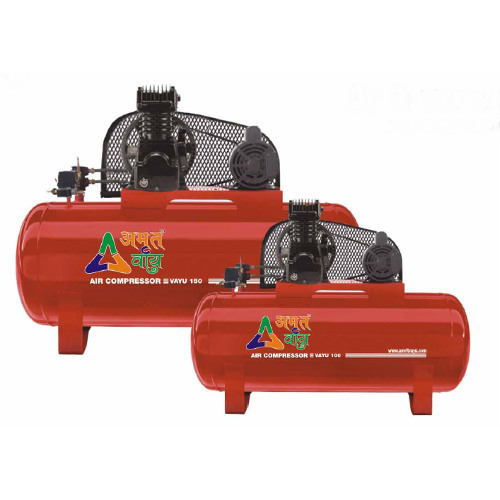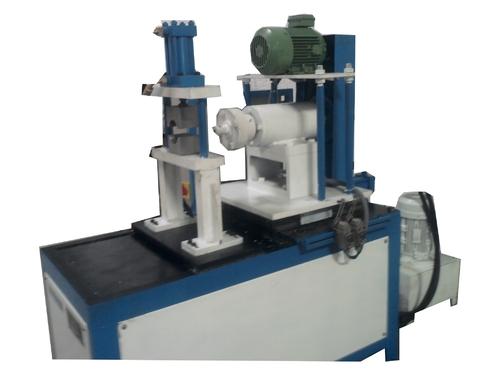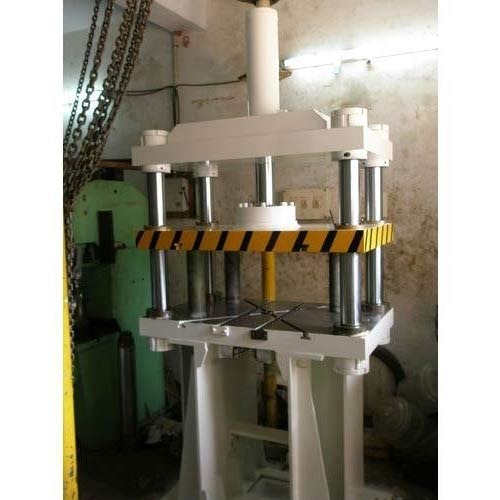Schedule a Call Back
Six Sigma for Continual Improvement
 Technical Articles
Technical Articles- Jan 19,11
Introduction
Sigma is a statistical measure of variation in a process. Sigma 6 is the symbol in statistics for standard deviation. Achieving Six Sigma level of quality means that processes are producing only 3, 4 defects per million opportunities. Six Sigma is based on a few key concepts such as defect, variation, critical to quality, process capability and design for Six Sigma.
Six Sigma methodology uses statistical tools to identify factors for improving the quality of processes.
It consists of the following phases:
- Define the projects, the goals and the deliverables to customers
- Measure the performance of the process
- Analyse and determine the causes of the defects, and
- Control the performance of the processes.
Statistical Concept
Six Sigma is a statistical concept that measures a process in terms of defects. A sigma represents 691462.5 defects per million opportunities, which translates to a percentage of non-defective output of 30.854%. For processes functioning at a three Sigma level, this means 66807.2 errors per million opportunities or delivering 33. 193% non-defective outputs. Most organisations are operating at three or four Sigma quality levels. That means they could be loosing up to 25% of total revenue due to processes that deliver too many defects.
Total Quality Management (TQM) is the foundation from which to build towards the next level of quality management, represented by Six Sigma approach.
A measure of a product designed for Six Sigma performance is Cp (coefficient of performance) defined as follows.
If Cp is equal to or greater than 2, the product design can be considered Six Sigma design because when transferred to production, it will most likely yield 99.99% for customer's critical characteristics.
Functional Group
Six Sigma is about techniques, tools and statistics. But the results of Six Sigma depend on the people applying the techniques. In Six Sigma initiatives there are five key players as under:
- Executive leaders: to commit to Six Sigma and to promote it throughout the organisation
- Champions: to fight for the cause of black belts and remove barriers
- Master black belt: to serve as trainer, mentor and guide
- Black belts: to work full time on projects, and
- Green belts: to assist black belts part time.
Executive leaders are responsible for deciding to do Six Sigma and for endorsing and promoting it. Champions are responsible for promoting Six Sigma methodology throughout the company and functional groups. Master black belt is responsible for teaching executive managers the basics and helping them select the right people.
The master black belt is the highest level of mastery of the tools, techniques and concepts associated with Six Sigma. The master black belt operates as the internal quality consultant, coaching team, providing tutorials and facilitating meetings with both project teams and executives alike. A talented master belt must have superb communication skills. It is one thing to know the difference between a core process or the difference between discrete versus continuous data. However, the ability to communicate that knowledge is a far more critical ability.
Improvement Team
A common problem in selecting team members is to assume that those are willing and able make the best team members. While it is desirable to have a team member see the benefits of team participation, mobilising commitment is an added responsibility of improvement team (called Team Champion). While data and fact will lead the team to improvement, it cannot be denied that those teams that generate the greatest Six Sigma improvement are those teams with process experts who utilise the Six Sigma concepts to drive improvement.
The black belt is the tactical leader of the process improvement team. Black belts are full time project leaders with no other responsibility other than to lead three or four teams. The green belt is a part time position, usually a middle manager who will lead a project depending on whether a process in the work area is targeted for improvement. Black and green belts must have superb project management skills. They must also have facilitation skills.
Skill Development
During Six Sigma deployment, plans need to be in place to provide every employee in the organisation with basic understanding of Six Sigma. Six Sigma awareness training focuses the organisation's attention to the customers critical criteria resulting in products and services that meet the customer's desires.
Six Sigma awareness training assists in the skill development regarding problem solving tools and techniques. Six Sigma deployment awareness training enhances attitudes, knowledge and essential skills of the organisation's work force. It demonstrates that executive management team that focuses on the organisation's process improvement will be the driving force for growth and success for desired business results. Improvement processes will be documented, communicated, measured and refined on an ongoing basis.
When Six Sigma deployment is implemented by an organisation, the economic return on investment will improve for the business unit involved. Better products, better understanding of the customer, improved workflows, employee commitment, supplier involvement and reduced cycle time are a few of the contributing areas.
Cultural Transformation
To achieve Six Sigma cultural transformation for most organisations will take two to five years normally. Early successes showing the benefits of Six Sigma can occur within six months of starting an initiative.
The length of time to achieve cultural transformation is based on the degree of current inefficiency and ineffectiveness in the organisation and the degree of commitment of management and worker alike.
Once the need for a change towards Six Sigma is created, it is vital to create the Six Sigma vision. This vision stresses what the mission of a Six Sigma organisation looks like; second, it is important to identify the goals of a Six Sigma organisation; and finally, what the behaviours look like in a successful Six Sigma culture.
Management System
Six Sigma is a management philosophy that attempts to improve customer satisfaction to near perfection. To achieve greater customer satisfaction, there are three critical success factors i.e. the strategic component, the tactical component and the cultural component. Six Sigma is a methodology that relies on management with facts derived from data. Portions of successful Six Sigma initiatives are dependent on statistics.
Six Sigma approach is rigorous, requiring a commitment from the highest levels of management that permits in entire organisation. Six Sigma approach to management involves cultural change. Essential to this cultural change is key players known as champions and black belts.
A champion selected from the ranks of upper management, serves as a coach, mentor and leader. A black belt leads a defined project on a full time basis, working on defining, measuring, analysing, improving and controlling processes to reach desired outcomes.
Conclusion
Six Sigma initiatives focus on improving profitability and customer satisfaction rather than simply improving quality. Six Sigma initiatives are for companies that want to be profitable and achieve world class performance. Before implementing Six Sigma, the results must be clearly visualised. Six Sigma methodology to maximise an organi-sation's profitability consists of two key components i.e. methodology and measurements. Methodology focuses on improving processes to achieve desired results. Measurement is in place to ensure that methodology works. Design for manufacture is important to implement because the manufacturing defects are the result of design related issues. Products designed for Six Sigma using design for manufacturability processes will allow the following characteristics:
- Virtually defect free product design
- Waste free manufacturing
- Minimal maintenance and service, and
- Total customer satisfaction.
References
- Six Sigma by G Brue and R Howes
- Six Sigma for Managers by G Brue
- Making Six Sigma Last by G Eckes
A safe and secure electrical joint is the requirement for all concerned in any utility or industrial project or maintenance. The quality of the joint adds to safety, longevity and reliability of the system or installation in general.
To decide on a good electrical joint or termination, one is required to have high quality lugs and connectors aided by good quality crimping tools and dies. 
Klauke GmbH, founded in 1879, has been the hallmark of innovation and quality in the field of connectors and tools related to crimping and cutting. Klauke is the biggest manufacturer of lugs and connectors in Europe with three production facilities and a turnover of excess of
Related Products

Single Stage Air Compressor
Amrit Vayu Equipments is offering single
stage air compressor.

Hydraulic Chamfering Machine
Vedant Engineering Services engages to
provide a wide range of hydraulic chamfering machine.

Four Pillar Hydraulic Press
Fluidtec Controls engages as a manufacturer
and supplier of four pillar type hydraulic press.














